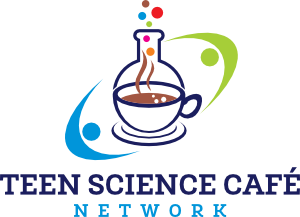Written by Jackson Carter

At CU Science Discovery’s first Teen Science Café of 2018, we heard from PhD candidate Megan Harries. Megan Harries is a forensic and arson chemist who works at the NIST laboratories. She opened her presentation with a powerpoint presentation detailing the research she pursues, as well as the applications, both theoretical and potential, that it entails. She uses chemistry to uncover clues as to how and by whom certain crimes were committed.

Her presentation was focused on one of the most useful methods employed to identify substances found on crime scenes, spectroscopy. Spectroscopy a technique that uses electromagnetic fields to filter charged particles of varying masses. In doing so, this may determine the composition and concentration of myriad chemical components. Vapor produced above chemicals used in arsons may be collected and run through a mass spec. The spectrum produced may then be compared to those chemicals stored in a database and thereby identified. Dr. Harries explained to us that while spectroscopy is a highly useful tool, it is much more complicated than one may think. The databases to which spectra must be compared are enormous and different settings (i.e. magnetic field strength, length of ion passage, etc…) must be correctly calibrated in order to make conclusions.


